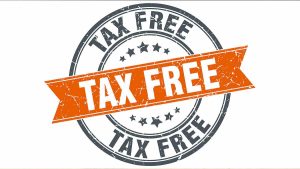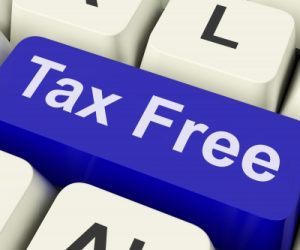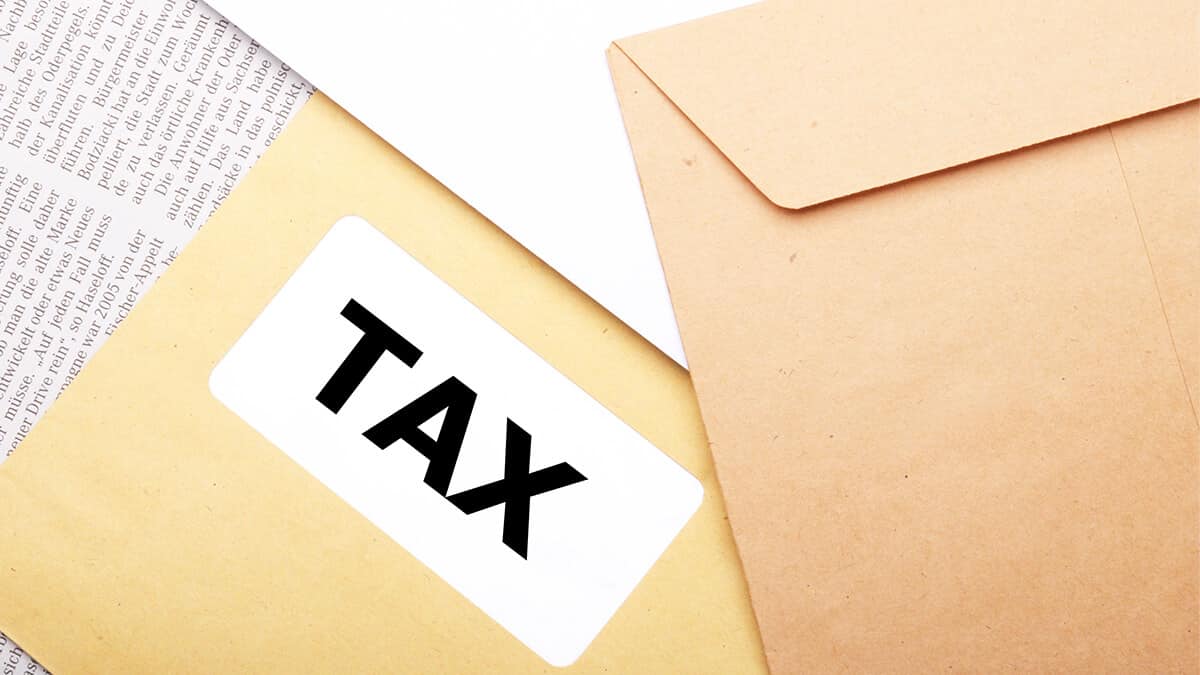The Basics of SMSF Taxation
Self-Managed Superannuation Funds (SMSFs) have gained popularity as a retirement savings vehicle in Australia due to the level of control they provide to members. One common question that arises among individuals considering or managing SMSFs is whether these funds are entirely tax-free. In this article, we delve into the complexities of SMSF taxation to provide a comprehensive understanding of its tax implications.
How SMSFs Are Taxed
Contrary to popular belief, SMSFs are not entirely tax-free entities. While they offer certain tax advantages, it’s crucial to understand the various taxation aspects associated with managing and investing through an SMSF.

1. Contributions Tax
Contributions made to an SMSF, whether they are concessional (before-tax) or non-concessional (after-tax), are generally taxed at a concessional rate of 15%. This includes employer contributions, salary sacrifice contributions, and personal contributions claimed as a tax deduction.
It’s essential for members to be mindful of contribution caps imposed by the Australian Taxation Office (ATO) to avoid potential excess contributions tax.
2. Investment Income Tax
One of the attractive features of SMSFs is their ability to generate income through various investments, such as shares, property, and managed funds. While SMSFs enjoy a concessional tax rate of 15% on investment income, certain capital gains may qualify for a discount.
Capital gains on assets held for at least 12 months are eligible for a one-third discount, resulting in an effective capital gains tax rate of 10%. This provides SMSF members with a tax advantage compared to individuals outside the superannuation environment.
3. Pension Phase and Tax
Once members transition to the pension phase, where they start drawing an income stream from their SMSF, the fund’s investment earnings on assets supporting the pension become tax-free. This is a significant benefit for retirees seeking tax efficiency during their retirement years.
It’s important to note that while the pension phase enjoys tax exemptions, certain conditions must be met, and the ATO closely monitors compliance to prevent misuse of these benefits.
Common Misconceptions about SMSF Taxation
Despite the tax advantages offered by SMSFs, it’s crucial to dispel some common misconceptions surrounding their taxation status.
1. Absolute Tax-Free Status

As highlighted earlier, SMSFs are not entirely tax-free. While they offer favorable tax treatment, particularly in the pension phase, members should be aware of applicable taxes on contributions and certain investment income.
2. Ineligible Capital Gains Tax Discount
While SMSFs can benefit from a one-third discount on eligible capital gains, it’s essential to ensure compliance with the 12-month holding period requirement. Failing to meet this criterion may result in the standard capital gains tax rate being applied.
Conclusion: Navigating the Tax Landscape of SMSFs
In summary, SMSFs are not entirely tax-free, but they do offer attractive tax advantages for savvy investors and retirees. Understanding the nuances of SMSF taxation is crucial for making informed decisions about contributions, investments, and transitioning to the pension phase.
As regulations and tax laws may evolve, it’s advisable to consult with financial professionals or tax experts to ensure compliance with current rules and optimize the tax efficiency of your SMSF strategy.
By staying informed and proactive, SMSF members can navigate the complex tax landscape, maximizing the benefits of their self-managed superannuation funds for a more secure and tax-efficient retirement.


